TLDR; Article from 2009. An autodidact "Austrian economist", almost getting a full picture... good points made along the way.
At the time, goldbugs were proclaiming doom due to reserves being "massively printed" by the Fed. This article presented a critique of that position.
The article title is incendiary (and meant to disabuse the goldbugs of their claims at the time, not as an eternal pronouncement), and of course... this is fully American in viewpoint. I'll add notes as someone who works in the global banking industry.
----going long.
I get a lot of emails and questions from readers and friends about whether I think the U.S. Dollar could collapse and start a bout of terrible hyperinflation. The questions are usually stemmed from watching an interview on TV with extremely biased energy/gold analysts. People who have every reason to sell you on hyperinflationary doom in order to make themselves a quick buck. I have no respect for these people, so I will not publish their names. They know who they are. I call them the "opportunistic hyperinflationists."
But there is another group of "inflationists" who I do respect greatly. Guys like Peter Schiff, Jim Rogers, Doug Casey and Jim Puplava. These guys have spent years, if not decades, railing against the growing debt bubble and warning that it would end badly. A large faction of the Austrian School of Economics (of which I consider myself a student) had been doing the same. They are the "ideological hyperinflationists."
I would put many bitcoiners in this camp as well.
However, this group of economists/pundits/analysts have been terribly wrong in predicting how this debt bubble would unfold. And I am certain that they will continue to be wrong as it continues and reaches its ultimate conclusion.
Ignoring US debt's collateral characteristics means missing a big part of the problem.
Typically, these folks have a fundamental dislike of our current system of currency. The feel it is immoral, illegal by the U.S. constitution and is doomed to failure as all paper currencies have been since the beginning of civilization. I agree with them on all counts. But as a function of their dislike for paper money, they have been enchanted by its most obvious replacement: gold. They carry it around with them and flash it at interviews. They become walking salesmen for the return to a gold standard. And they point to a rising price of gold as proof that they have been right all along.
They haven't and aren't.
Their arguments are usually the same. That in order for the massive amounts of debt to be repaid, the Federal Reserve and other central banks are going to have to resort to monetizing that debt via the "printing press." Their claims are well documented. Even the chairman of the Federal Reserve has promised to do this, should it prove necessary, earning him the nickname "Helicopter Ben" (after promising to drop money from helicopters to prevent deflation). And it appears he has already started. We can see it in their own figures. By now, I'm sure all of my readers are familiar with the Monetary Base "Hockey Stick" graph below that shows how the Fed has essentially doubled the monetary base in just a few short months. This, claim the inflationists, is visual evidence that hyperinflation is already occurring and will inevitably start showing up in everyday prices:
The graph will show the reserve levels. Which would have been hockey stick'ed at the time. As I've implied in other posts, domestic reserve levels don't really correlate to global dollar supply.
It's relatively easy to demonstrate given reserve levels were historically low throughout the greatest inflationary decades of the United States... or by looking at Japan's decades long QE regime (reserve creation), that failed to push up inflation.
First and foremost is the apparent misunderstanding of the differences between money and credit.
And here is where the author will make some misteps.
At times, they may appear to have the same characteristics. At other times they act completely opposite from one another. As an economy is expanding, an increase in the total amount of credit would appear to have the same effect as an increase in physical dollars because credit is widely accepted as an equal to money. In a sense, they are the same. They are both "fiduciary media" (in english they are both a representation of something else, rather than having intrinsic value themselves).
Units that are created via credit are indistinguishable from any other denomination claim. "Money" is what it has always trended towards; a ledger system (which implicitly creates credit - a topic worthy of it's own post; a difference between traditional ledgers and Bitcoin).
But when the economy is contracting, the prospect of default is thrown into the equation. When this happens, money increases in value relative to credit. Money is more valuable than credit because in the event of default, the physical dollar holders are king. Yes, the U.S. treasury could default on it's obligations. Holders of treasury bonds would get a big, fat zero, while holders of physical currency would still have a claim. In effect, they act similar to a preferred share as opposed to common stock. They are a step above in terms of priority.
Except that it doesn't. As stated earlier, a "credit generated" unit is indistinguishable from some fabled "primal, non-credit" unit. In reality, "money" is the aggregation of the balance sheets of global banks.
As for physical notes being more valuable than "credit units"; the author will soon unknowingly suggest why they might not be. It has something to do with the fact that physical note issuance comprises the smallest portion of "money". This is not "rarity" to maintain value.. but "rarity" due to non-usefulness.
It is often said that we live with a "fiat currency" or with "paper money." This is not entirely accurate. A very small portion of our total supply of money and credit is in the form of physical currency. It depends on how you count it, but regardless, it is under 10% of the total. This is what differentiates our monetary system with that of Zimbabwe or Weimar Germany circa 1920's. Their economies were based on nearly 100% physical currency because nobody would accept the promises of government in order to issue credit.
Because who would want that?.
The vast majority of our money supply is in the form of electronic credit. Electronic credit can be destroyed, while physical notes issued by a central bank cannot. This is why deflation is possible in a credit based monetary system, but not in a paper based monetary system.
Ok, back on track. Credit is money.
There are hundreds of trillions of dollars floating around the world in credit. Much of that is an insurance contract on top of another insurance contract, on top of a securitized mortgage, on top of an asset. The total value of all the aggregate claims on the asset vastly outnumber the value of the asset itself. That is what this crisis is about at its very heart. Picture an inverse pyramid with assets occupying the bottom bit, securitized mortgages in the middle, and credit derivatives at the top. A stable economy would have a right-side-up pyramid with assets occupying the bottom, etc.
Yes. This does gloss over a great deal of complexity. The question of the size of the collateral multiplier (or if we should even have one), isn't reducible to an inverted pyramid analogy - but I agree that the system up to 2008 was unstable and operated with false certainty...
...and may be worse now.
Our problem now, is not that the assets are going to go to zero. It's the value of the much larger derivatives and mortgages that back the assets going to zero. Their values were derived from faulty computer models that grossly underestimated risk in the underlying asset, but more importantly in the ability for a counterparty to make good on their promise in the event of a default.
I like the dig at VaR (Value at Risk). I would go further... derivatives, swaps, repo, etc. perform a different function for wholesale banking than one of "investment"; They are balance sheet tools.
All are used to manipulate risk-weightings and provisions for credit loss - shifting balance sheet entries. They allow commercial banks to expand their balance sheets (and create more money by doing so).
I would say that our problem is one of collateral (and maybe the best reason to re-think things). We have a global ledger system: the interconnected balance sheets of the commercial banks of the world. Uncertainty and perceptions of risk create demand for safe and liquid collateral which underpins how these balance sheets interact. US dollar debt instruments have always been the go-to collateral for the system... and what would happen if confidence in those instruments is questioned?
So the next time you hear that the Federal Reserve is "printing money," please do not automatically assume that they are printing physical notes. They are creating electronic reserves (credit) to support the balance sheets of the big banks. There is absolutely nothing inflationary about this. The banks are simply taking it and using it to cancel out their derivative losses or are hoarding it in order to prepare for future losses. Previously, banks would have used the electronic reserves to go out and make 10x that amount in loans to consumers or businesses (in reality the order was the other way around - loans first, then reserves). That is not the case anymore, and until the bad assets are completely liquidated, it will not be the case again.
Yes. But also, reserves from the Fed are only useful to banks under the Fed's jurisdiction. The dollar is the unit of the global banking system. Reserves are used for domestic settlement, domestic interbank transfers.
And yes, loans first then reserves... that was the typical order. This was until reserves weren't required (and that was long before the Fed reduced to reserve requirement to 0%). Banks used the previously mentioned tools to manipulate their balance sheets to allow for further lending in spite of reserve requirements (something the author misses). Reserves do not make commercial banks lend.
Thus far, we have a total of $9.7 Trillion dollars in total government/central bank assistance in the United States. An amount equal to that and more has been provided by their counterparts around the world. More is promised. But the fact remains that the minimal inflationary impact these actions have are negligible in comparison to the amount of "problem assets" being devalued around the world. Much of it is just in guarantees - that is, more insurance. The Federal Reserve will offer to swap good assets for bad. All this does is cancel out debt from somewhere else. It's like moving money from one pocket to another. The act of putting money in your right pocket does not make you any richer.
It's was never "swapping" good assets for bad. It was the movement of collateral. The perception of the collateral changed. What was deemed "low risk" yesterday, became "high risk" overnight due to perceived correlation. In reality, many of the "bad" assets continued to perform and were sold at a profit (unknowable at the time).
All in all, the central banks are not nearly as powerful as they'd have you believe. The amount of the total money supply that is controlled by them is minimal. They won't tell you that. They'd prefer you to think that just by them moving their lips they can affect the entire economy's decision making processes. It simply ain't so.
Most definitely.
Closely tied to the belief in imminent hyperinflation and a skyrocketing gold price is the misplaced belief that the U.S. Dollar is on the brink of collapse. Essentially, they are one and the same. Many of my arguments against hyperinflation are the same against a dollar collapse. But there is even more evidence stacked against such an occurrence.
Ultimately, the Dollar will end up at zero - but that is not going to happen any time soon, and I would argue is likely decades away. Until then, the massive amounts of deleveraging will increase our appetite for dollars to pay back debt. There is too much credit in the system, and as we rid ourselves of it slowly, we need to acquire dollars. A large portion of the credit derivatives I mentioned above are denominated in dollars even though the underlying asset may be priced in another currency. This is a theoretical short position on the dollar. A "carry trade" in other words. It must be unwound, just like the Yen carry trade.
The issue with traditional ledgers, is not only that they allow for credit... They can erase the line between money and credit. Same misconception as highlighted at the beginning - they are the same "dollars".
This is what is meant when we call the U.S. Dollar the world's "reserve currency." Most people hear the word "reserve" and automatically conclude that because many other countries hold the dollar as their primary currency in their foreign exchange "reserves," that is what is meant by "reserve currency." It is not. Total foreign exchange reserves of dollars are far smaller than total foreign credit contracts denominated in U.S. Dollars (reserves worldwide are "only" ~4.6 Trillion). It is the reserve currency because it is the default currency for international trade and commerce in general. In order for that to change, 100's of trillions in contracts would need to be re-written. Not practical.
As such, demand for U.S. Dollars will persist.
In summary, there are many multiples more debt than capital in the world economy. Debt is being liquidated and will continue to do so until it reaches a sustainable level relative to capital. The process of this debt liquidation puts a higher value on dollars relative to debt, thus ensuring an oversupply of dollars is impossible.
I would put it differently. I disagree that an oversupply is impossible. However, the demand for dollars is agnostic to whether they are generated by credit or not. In reality, virtually all dollars are credit originated.
We are headed in a bad direction, but it will persist as long as the dollar is the denomination of the global banking system... and as long as USD denominated debt remains prime collateral.
[link] [comments]

You can get bonuses upto $100 FREE BONUS when you:
💰 Install these recommended apps:
💲 SocialGood - 100% Crypto Back on Everyday Shopping
💲 xPortal - The DeFi For The Next Billion
💲 CryptoTab Browser - Lightweight, fast, and ready to mine!
💰 Register on these recommended exchanges:
🟡 Binance🟡 Bitfinex🟡 Bitmart🟡 Bittrex🟡 Bitget
🟡 CoinEx🟡 Crypto.com🟡 Gate.io🟡 Huobi🟡 Kucoin.

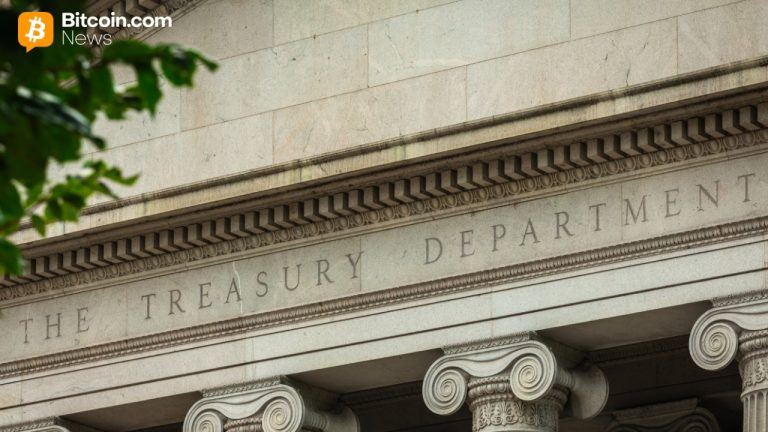

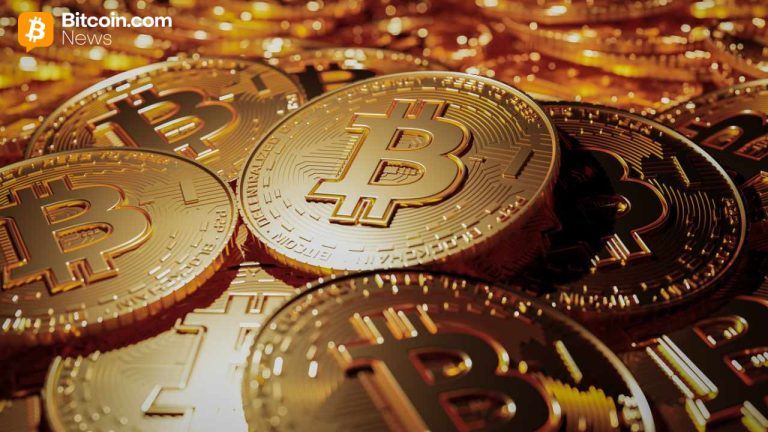
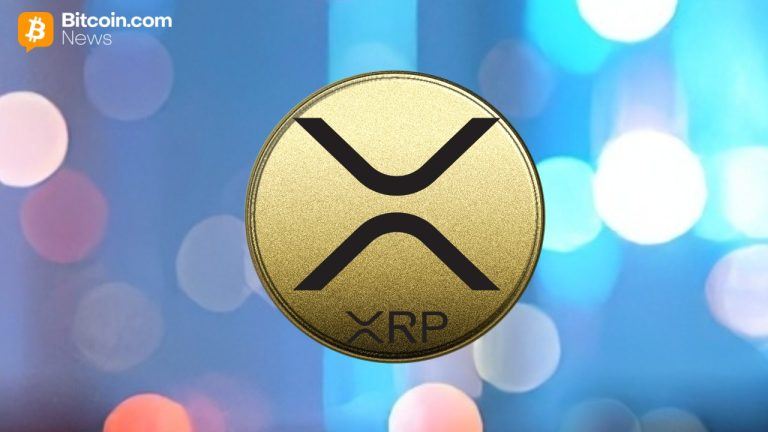



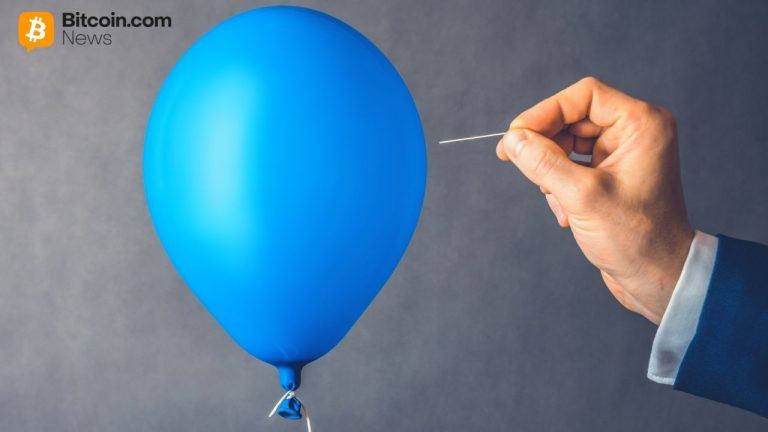
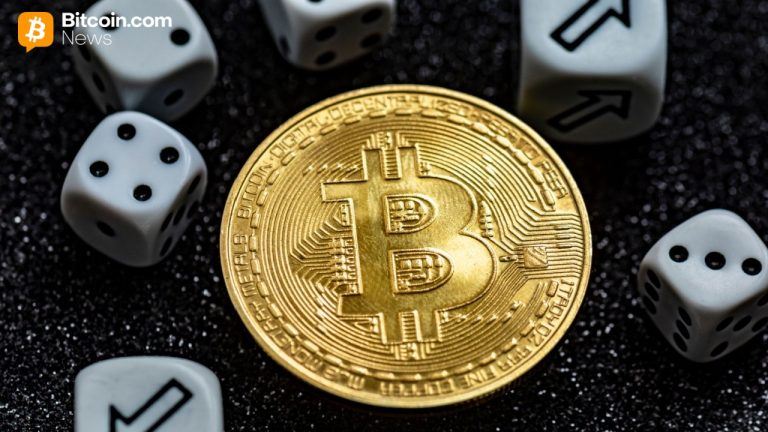


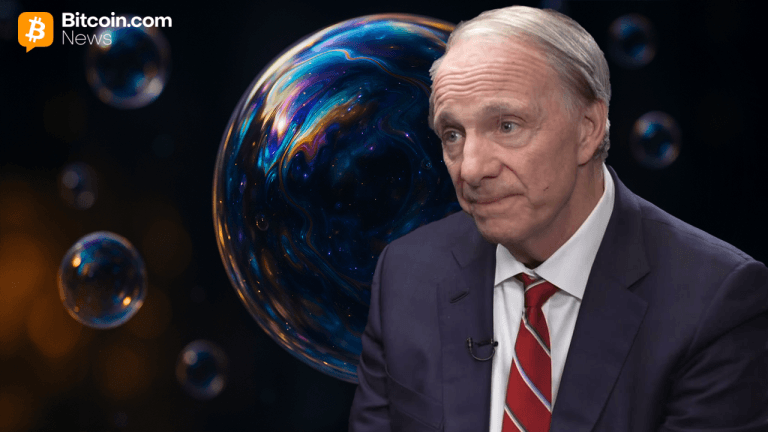

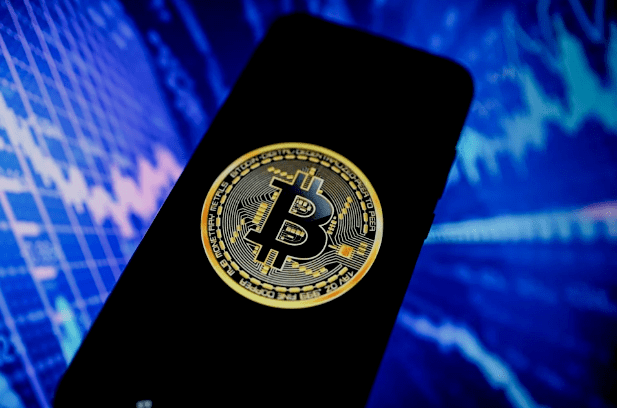




Comments